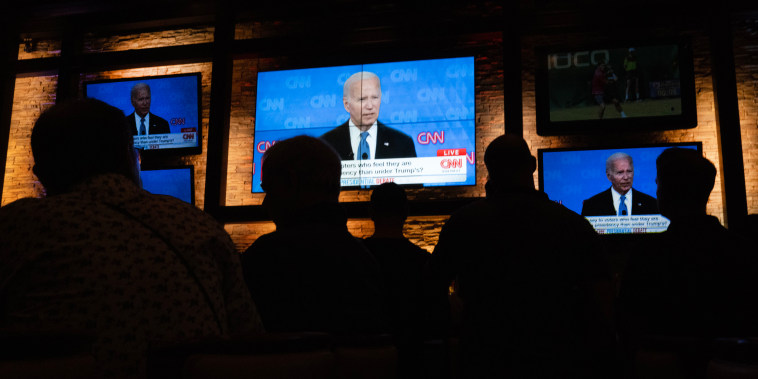The recent Presidential debate has proven to be a significant event in the political landscape, yet it didn’t meet the viewing expectations based on recent similar events. The traditionally formal event saw a turnout of 51.3 million viewers, a dip in the audience graph that has been steadily climbing over recent years.
Presidential debates are considered as one of the major events on the political calendar and are closely watched by analysts, fact-checkers, voters and international observers. They usually serve as platforms for candidates to express their ideas, argue their views, portray their unique personas and convince the electorate on why they are the superior choice for office. They also present an opportunity for undecided voters to make up their minds. The flurry of anticipation that surrounds these debates usually results in extremely high viewership rates which often compete with those of prime-time television shows.
However, according to data, the most recent Presidential debate contradicted this expectation, amassing only 51.3 million viewers. This figure is significantly lower than the viewership obtained in the recent years. The lack of viewer interest was a surprise to pundits and it has sparked considerable analysis and discussion.
Some hypothesis attribute the decline in viewership to the changing media habits in today’s digital age; live TV viewing has consistently been on a decline, replaced by a rise in on-demand and streaming services. Critics and viewers alike often prefer the flexibility offered by digital platforms. Moreover, the availability of post-debate analysis and highlights on digital and social media platforms can fill in for live viewership.
In addition to the changing media landscape, others suggest that the nature and tone of the most recent debates could be influencing the figures. The increased antagonism and lack of substantive policy discussions may be causing fatigue amongst viewers. Viewers may be turning off their TV sets due to the perceived lack of civility and respect among the candidates.
Alternatively, the decline in viewership could be attributed to debate fatigue. In recent years, there has been a significant increase in the number of debates and town halls. These frequent occasions may lead to an oversaturation of political discourse leaving voters feeling overwhelmed. With the staggering amount of political dialogue, viewers may have opted to tune in to other sources of information instead.
The impact of this decline should not be underestimated, as lower viewership may imply a less-informed electorate. However, it is also important to note that the impact on the election results is uncertain.
In conclusion, the drop in viewership figures for the most recent presidential debate is a reality that raises questions about the future of such events. The implications on the democratic process are significant, though hard to quantify in the immediate term. Regardless of the reasons, this phenomenon bears watching as it could herald a shift in how future electoral campaigns are conducted.




